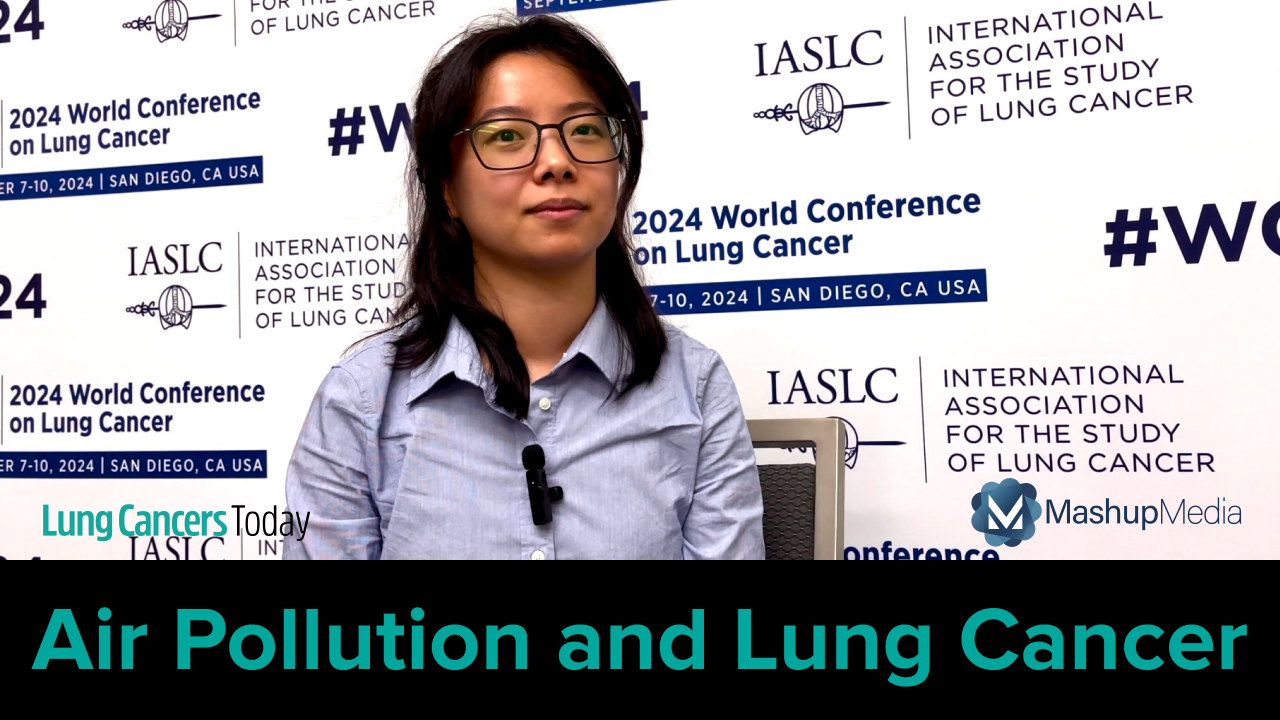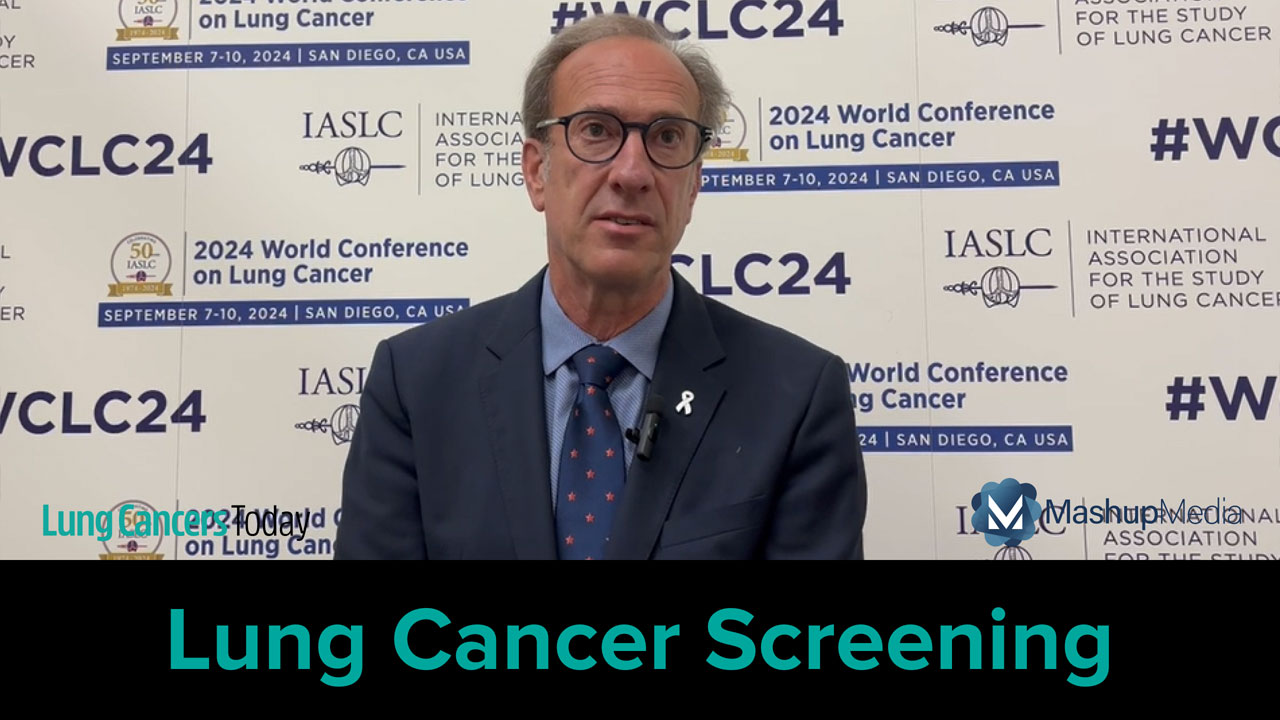
Osimertinib demonstrated a manageable safety profile for the treatment of stage III epidermal growth factor (EGFR)-mutated advanced non-small cell lung cancer (NSCLC), according to an in-depth safety analysis of the phase 3 LAURA trial presented at the IASLC 2024 World Conference on Lung Cancer.
Osimertinib is a third-generation, central nervous system-active EGFR tyrosine kinase inhibitor. The LAURA study found that osmiertinib demonstrated a statistically significant and clinically meaningful progression-free survival benefit compared to the placebo in patients with unresectable EGFR-mutated NSCLC following definitive chemoradiotherapy (CRT).
In the original study, 216 patients were randomized 2:1 to receive osimertinib 80 mg or the placebo daily until disease progression or continuation. Open-label osimertinib was offered post-progression in both arms. Safety assessments were conducted at baseline, on weeks 2 and 4, then every 4 weeks until week 24, every 8 weeks until week 48, and every 12 weeks until treatment discontinuation.
Discontinuation was required for symptomatic grade ≥3 radiation pneumonitis (RP), interstitial lung disease (ILD), or pneumonitis. For symptomatic grade 2 events, treatment was interrupted then restarted until events resolved to grade ≤1; in the case of grade 1 events, treatment continued without dose modification.
Median total and actual exposures were 24 and 23.7 months in the osimertinib arm and 8.3 and 7.9 months in the placebo arm, respectively. The incidence rates of any-cause grade ≥3 adverse events (AEs) were 35% in the osimertinib arm and 12% in the placebo arm, and rates of serious AEs were 38% and 15%, respectively. The rate of exposure-adjusted grade ≥3 and serious AEs were 17.7 and 19.5 per 100 patient-years in the osmiertinib arm and 12.6 and 15.4 per 100 patient-years in the placebo arm, respectively.
The most common AE was RP (osimertinib, 48%, and placebo, 38%); it was also the most common AE leading to treatment interruption (32% and 14%) and discontinuation (5% and 3%). Three cases of RP were grade 3, and there were no grade 4 or 5 cases. Of the 69 patients who experienced RP after osimertinib treatment, 60 (87%) continued treatment without RP recurrence. ILD occurred in 11 (8%) patients, with 2 grade 3 cases and 1 grade 5 case.
“The safety profile of osimertinib after CRT was as expected and manageable. Dose interruptions due to AEs had limited impact on exposure. The majority of RP events were mild to moderate in severity and were managed effectively per protocol-mandated guidelines, with most patients able to continue or restart treatment without recurrence of RP,” the authors summarized, adding that these findings support osimertinib post-definitive CRT as a new standard of care in this patient population.
Reference
Kato T, Dong X, Takahashi T, et al. Osimertinib After Definitive CRT in Unresectable Stage III EGFR-mutated NSCLC: Safety Outcomes from the Phase 3 LAURA Study. Abstract OA12.03. Presented at the IASLC World Conference on Lung Cancer; September 7-10, 2024; San Diego, California.







 © 2025 Mashup Media, LLC, a Formedics Property. All Rights Reserved.
© 2025 Mashup Media, LLC, a Formedics Property. All Rights Reserved.